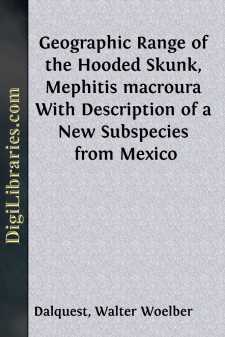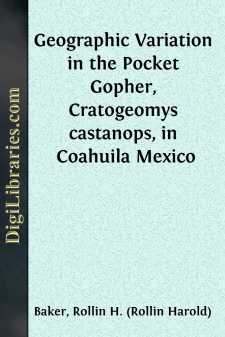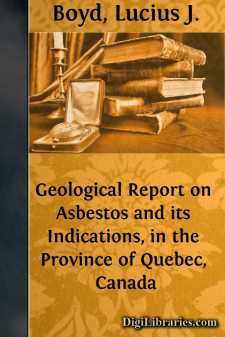Categories
- Antiques & Collectibles 13
- Architecture 36
- Art 48
- Bibles 22
- Biography & Autobiography 813
- Body, Mind & Spirit 142
- Business & Economics 28
- Children's Books 14
- Children's Fiction 11
- Computers 4
- Cooking 94
- Crafts & Hobbies 4
- Drama 346
- Education 46
- Family & Relationships 57
- Fiction 11829
- Games 19
- Gardening 17
- Health & Fitness 34
- History 1377
- House & Home 1
- Humor 147
- Juvenile Fiction 1873
- Juvenile Nonfiction 202
- Language Arts & Disciplines 88
- Law 16
- Literary Collections 686
- Literary Criticism 179
- Mathematics 13
- Medical 41
- Music 40
- Nature 179
- Non-Classifiable 1768
- Performing Arts 7
- Periodicals 1453
- Philosophy 64
- Photography 2
- Poetry 896
- Political Science 203
- Psychology 42
- Reference 154
- Religion 513
- Science 126
- Self-Help 84
- Social Science 81
- Sports & Recreation 34
- Study Aids 3
- Technology & Engineering 59
- Transportation 23
- Travel 463
- True Crime 29
Sort by:
I do not thinkSo fair an outward, and such stuff within,Endows a man but he. Cymbeline. The Victoria Bank, Toronto, is on the corner of Bay and Front Streets, where it overlooks a part of the harbor large enough to gladden the eyes of the bank-clerks who are aquatic in their habits and have time to look out of the windows. Young gentlemen in tattered and ink-stained coats, but irreproachable in the...
more...
CHAPTER I.THE FIRST PERFORMANCE OF "HAMLET.""Who ever loved that loved not at first sight?"â Quoted in "As You Like It," from Marlowe's "Hero and Leander." At three o'clock in the afternoon of the cold first Monday in March, 1601, a red flag rose, and a trumpet sounded thrice, from a little gabled turret protruding up out of a large wooden building in a...
more...
The hooded skunk, Mephitis macroura Lichtenstein, can be distinguished from the only other species in the genus, Mephitis mephitis Schreber, by the larger tympanic bullae, in the white-backed color phase by having some black hairs mixed with the white hairs of the back, and in the black-backed phase by having the two white stripes widely separated and on the sides of the animal instead of narrowly...
more...
by:
John A. White
Capitalized color terms in the following accounts are of Ridgway, "Color Standards and Color Nomenclature," Washington, D.C., 1912. The measurements of the skull that were used in this study were made as shown in White (1953:566, fig. 1). These are: Greatest length of skull, zygomatic breadth, cranial breadth, length of nasals, length of lower tooth-row, condylo-alveolar length of mandible, and...
more...
CHAPTER I. THE TEMPLE OF VESTA "That's a pleasant looking house," said the young doctor. "What's the matter with my getting taken in there?" The old doctor checked his horse, and looked at the house with a smile. "Nothing in the world," he said, "except the small fact that they wouldn't take you." "Why not?" asked the young man, vivaciously....
more...
by:
J. Knox Jones
In his "Revision of the pocket mice of the genus Perognathus," Osgood (1900:18-20) reviewed the distribution, as then known, of Perognathus fasciatus and recognized two geographic races—Perognathus fasciatus [fasciatus] Wied-Neuwied in eastern Montana and Wyoming and adjacent parts of North and South Dakota, and Perognathus fasciatus infraluteus Thomas, known only from the type locality at...
more...
The plateau pocket gopher, Cratogeomys castanops, inhabits open lands from southeastern Colorado southward onto the Mexican Plateau as far south as southern San Luis Potosà and southeastern Zacatecas and southeastward to the Coastal Plain of northern Tamaulipas. This species occurs at elevations from as low as 26 feet at Matamoras in Tamaulipas to as high as 8700 feet in valleys of south-eastern...
more...
In the course of the preparation of a synopsis of the North American terrestrial microtines by one of us (Cockrum), and the completion of a Master's thesis on the geographical variation of the red-backed mice of Wyoming by the other (Fitch) we had occasion to study the red-backed mice of the southern Rocky Mountain region (see figure 1). Results of these studies are the recognition of two...
more...
by:
Gertrude Stein
One evening in the winter, some years ago, my brother came to my rooms in the city of Chicago bringing with him a book by Gertrude Stein. The book was called and, just at that time, there was a good deal of fuss and fun being made over it in American newspapers. I had already read a book of Miss Stein's called and had thought it contained some of the best writing ever done by an American. I was...
more...
by:
Lucius J. Boyd
HAVING been called upon to make a close and careful examination of the geological formations in the eastern townships of Garthby, Wolf'stown, and Coleraine, situated in the province of Quebec, Canada, I gave special attention to the distribution of the Asbestos-bearing rocks (serpentine), which have been, in my opinion, heretofore only partially traced. Perhaps this was owing to the difficulties...
more...











